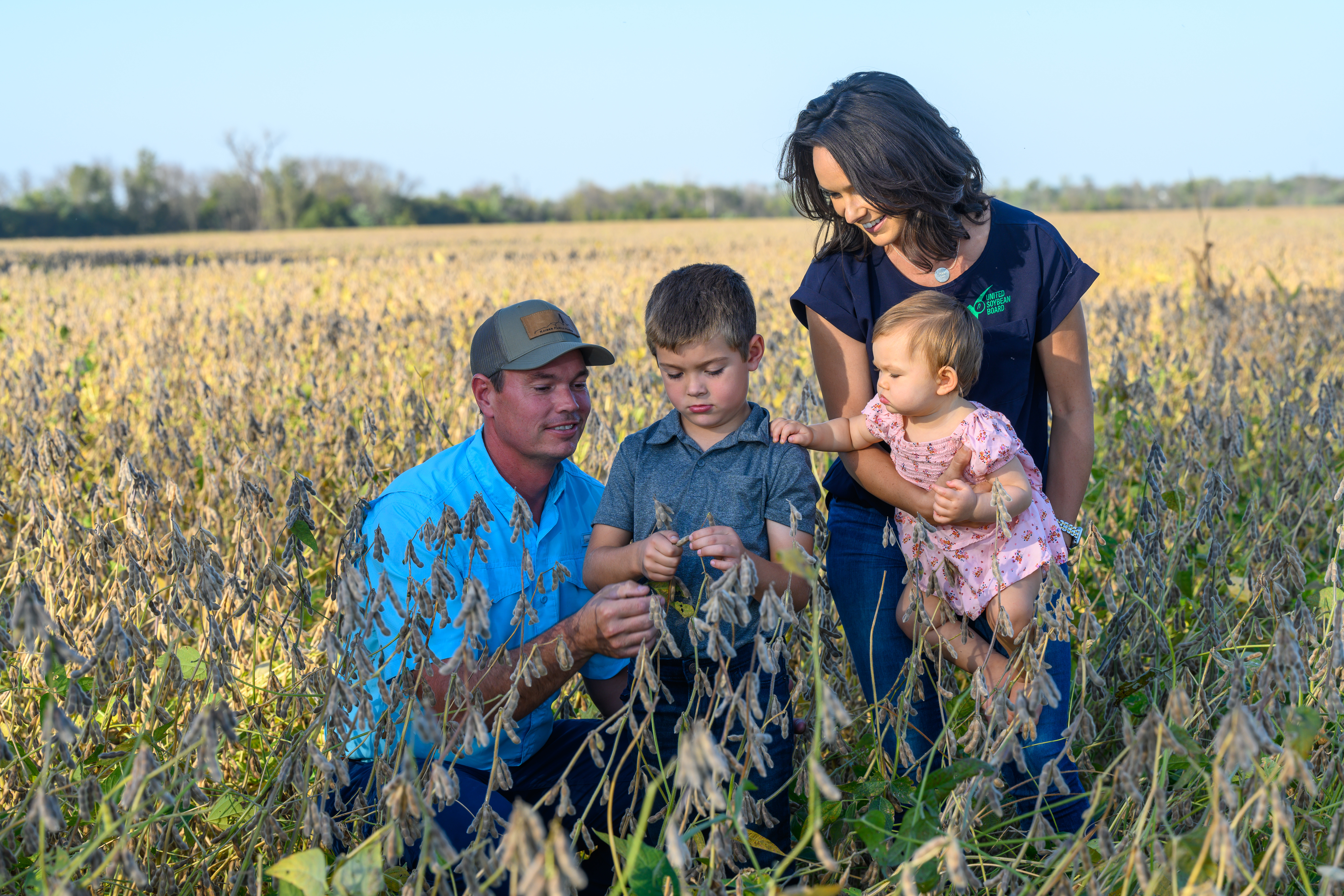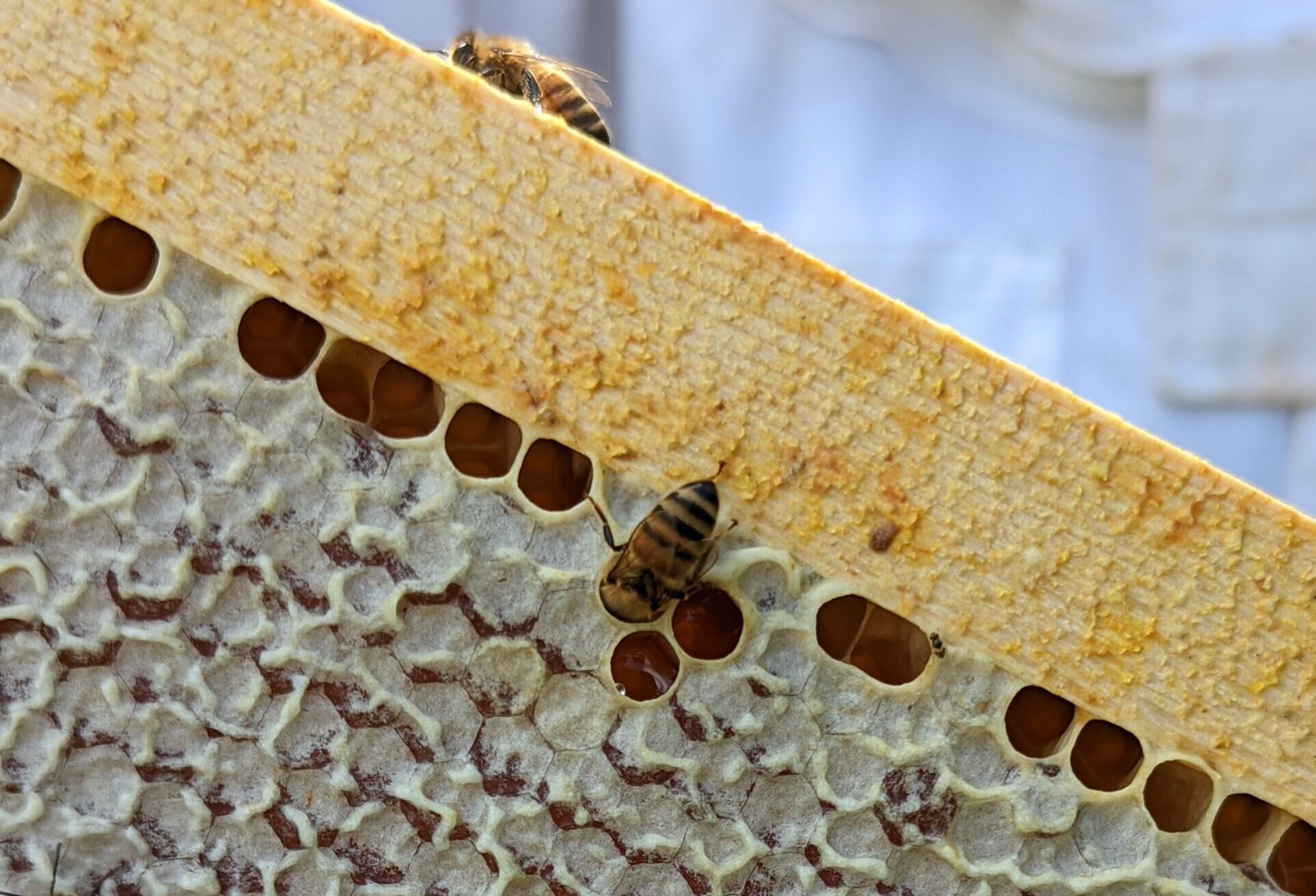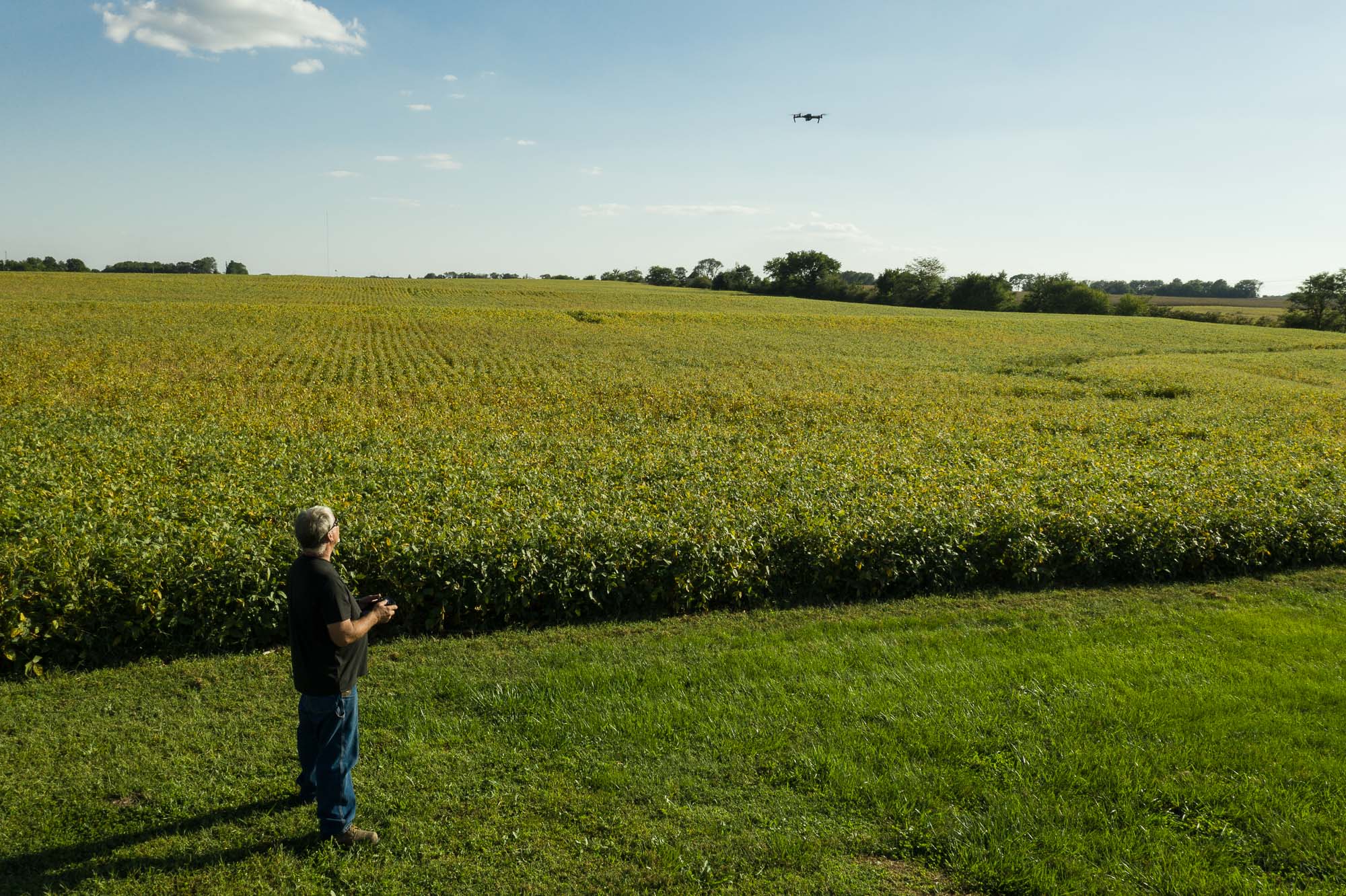My Dad always says, “If you can’t measure it, you can’t manage it.” While this applies to a wide array of areas, it’s especially true about farm management. This is the time of year, as we prepare for the 2023 growing season, we must start from the ground up – literally. So, we start with the soil.
If we’re being honest, soil testing can be overwhelming. I have taken thousands of soil samples, yet I vividly remember the first time I went to a field by myself to pull a sample. I thought, “Is this representative? Can I repeat this next time to track progress?” It turns out, “Yes.” Being consistent on depth, getting 12-20 probings per sample even on grids and returning to the same area leads to consistent tracking of your soil profile.
Any time a scientist sets up an experiment, we have to define our controls in order to isolate our variables. The most important service a lab can offer is to be consistent with its results. Consistency is important because we must be able to set goals and measure again on the same scale to track progress. Results should make sense from one sampling to the next based on applications and removal. Consistency in sampling, matched with consistency in the lab, serve as the controls in our field experiments.
The issue in farming is that we make hundreds of decisions on management; these are variables. And then, we try to isolate one silver bullet post-harvest. This is unrealistic. Spoiler alert, there is not one silver bullet in soil health either. View your soil test like a health report on the human body. We know that to be a healthy human it takes more than one habit. Exercise, diet and genetics all play a role. In the soil, exercise might be equated to soil physics — the air, water and biological holding capacity of the soil. The human diet might be aligned to the chemical nutrition in the soil for plants. The human genetics might be aligned to the parent material of the soil.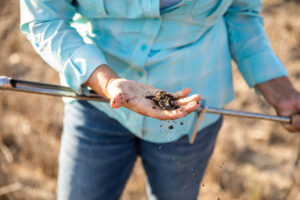
When looking at your soil test, your pH is like body temperature. Like a fever alerting us of illness, when pH is low, it indicates excess hydrogen on the soil colloid. That means that there are exchange sites that could have useful cations such as calcium, magnesium or potassium, but due to a shortage of those elements, hydrogen is on those sites. The soil test will then indicate which element you are lacking and give a recommendation how to fix it. Often lime is the solution; sometimes it is not.
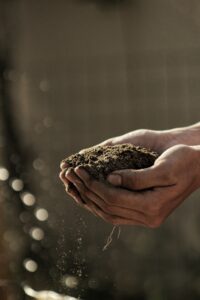
I often think about the biological aspect of the soil similar to “gut health” in the human. When our tummies are working well, it is often a combination of a good diet and physical activity. Similarly in the soil, we need not only to have the chemistry of the soil right for plant health, but we also need to have the physics working. This can be measured in terms of organic matter on the soil test. The organic matter is the work product of the biological faction of the soil. When we see elevated organic matter levels, it shows that the biology has pore space in which to live. Compaction is the enemy of biology and organic matter. On our farm, we see that when calcium and magnesium are in balance, we have an elevated organic matter readings. Then, if a cover crop is added or tillage is reduced, organic matter really improves.
No matter what element you are working to improve, it’s important to measure your levels. Try a different management technique and measure again, all the while keeping an eye to ensure your yield is improving with your soil test.
In a time of heightened input costs, testing is important to ensure that you are reaching your highest economic yield. This is also a time, with market prices at these levels, there is opportunity cost for limiting production by neglecting the soil. Keep experimenting, remember to measure and you will be a better manager with data-driven decisions
and continuous improvement.
